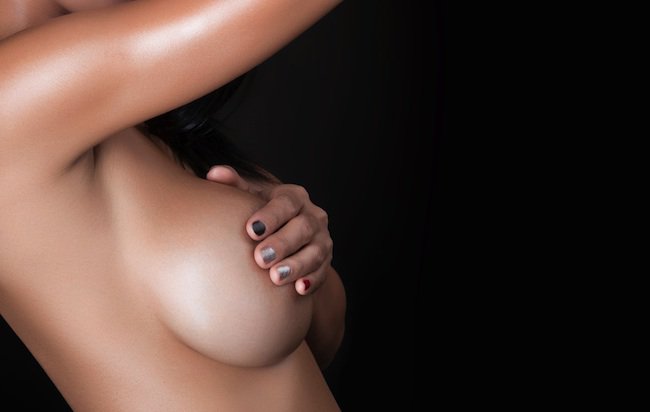How Your Boobs Change in Your 20s, 30s, and 40s

From the day a baby girl is born, her breasts start to develop. Just as the vagina grows old with age, so do the breasts. Not every one is aware and knows the significant changes that occur in and around the breasts. Read below to find out:
20’s
This is a defining age in a woman’s life, for this reason the breasts will change in size as you gain or lose weight during your youthful years. Getting pregnant during this age range also has its effects on your girls, there’s the breast enlargement that happens with that weight gain and preparing for lactation. After the lactational changes, your breasts may seem either smaller or larger than they were before pregnancy. Pregnancy can also make your areola’s darker and your nipples larger, though those both return to their pre-pregnancy states after delivery. Women at this age might also be dealing with changes in their menstrual cycles, which means differences in hormones like estrogen, which can cause the breasts to get swollen lumps that are normal. “If you feel a lump that hurts but also feels a lot like another area in the same breast or the other one, that’s a sign it’s probably fibrocystic change rather than something worrisome (lumps associated with cancer usually aren’t painful)” Lisa Jacobs, M.D., associate professor of surgery at Johns Hopkins. Still, be sure to check with your doctor if you notice any major changes.
30’s
After having a few kids, the skin of your breasts can start to stretch because of the associated weight gain and loss that occurs over the years. That can lead to stretch marks or ptosis (which is a drooping of the breasts). This is especially true if you’ve had to deal with significant weight changes during and after pregnancies, so don’t be alarmed if stretch marks appear or your breasts seem droopy.
TIP: YOU WANT TO KNOW IF YOUR BREASTS ARE SAGGY? PLACE A PENCIL UNDER YOUR BREASTS WITH YOUR ARMS DOWN, RAISE YOUR ARMS UP, IF THE PENCIL DROPS, YOUR BREASTS ARE NOT SAGGY, IF THEY REMAIN UNDER YOUR SKIN, THEY ARE.
40’s
This is about the time when menopause will show up. It leads to more breast changes as your ovaries start to produce less estrogen. At this point, your breasts go through what’s called involution, which is when the tissue is replaced by fat so they don’t feel as firm. Involution doesn’t happen uniformly, so one part of the breast may get fatty, leaving the tissue next to it feeling like a lump in relation. If the lumps are soft, like the side of your nose, that’s not something to worry about. If they’re a bit firmer like the bridge of your nose, you should try to get them checked out. Either way, doing frequent self-exams especially at this age can help you notice any differences. Ptosis can occur at any age or after major weight loss or pregnancy, it’s more likely to come on naturally as you age. Dr Lisa Jacobs tells us that the elasticity of your breasts would have been reduced because the sag-preventing collagen starts to give way. That’s one of the reasons why mammograms ( x-ray of the breast that is taken to determine whether a lump in the breast is a gland, a harmless cyst, or a tumor) are advised after age 40, because doctors are able to see better due to reduced density.
***
Please remember to always self examine your self and check for lumps, if something does not feel right please report to a doctor as soon as possible.



nice one,tnx
Thanks for sharing, gonna try this tip
Thanks MIM
Thanks for the information MIM.
Thanks for sharing
thnx mim
Thanks